The next step of Wi-Fi 6 is WiFi 6E.
Wi-Fi 6 (IEEE 802.11ax) communication technology was launched in 2018. By 2021, Wi-Fi 6 has become the mainstream standard in the market.
According to Omdia’s estimation (Figure 1), by 2022, Wi-Fi 6’s main chip shipments will approach 500 million, Wi-Fi 5 will continue to become the main Wi-Fi specification for low-end products, and Wi-Fi 4 will steadily move towards the emerging Internet of Things (IoT), Smart Home, Automation and other applications and market expansion.
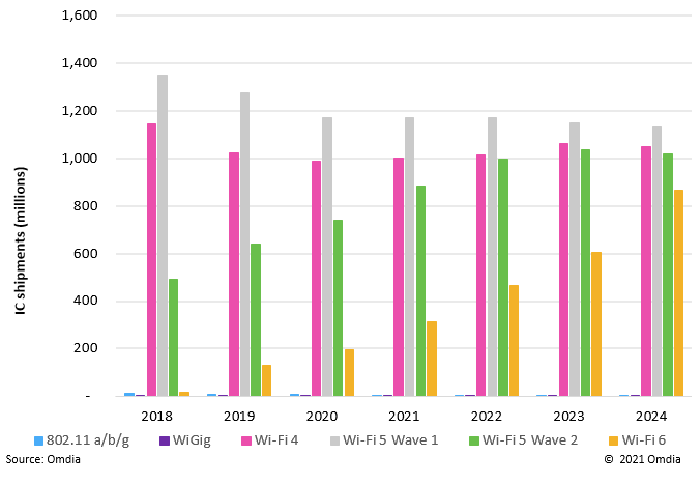
Figure 1: WLAN IC shipments of different technologies (2018-2024)
WiFi 6E is an enhanced version of WiFi 6 (E stands for Extended). WiFi 6E has joined the 6GHz frequency band (5925-7125 MHz, 1.2 GHz bandwidth in total). The new 6 GHz frequency band is 1.2 GHz and can accommodate 7 160MHz frequency bands. Or 14 80MHz frequency bands.
The low latency and high data throughput of WiFi 6E will first enable the next generation of multimedia applications.
Experts from IEEE (Institute of Electrical and Electronics Engineers) and Wi-Fi Alliance (Wi-Fi Alliance) have proposed new Wi-Fi technical specifications, which will increase the Wi-Fi spectrum from 2.4GHz and 5GHz to 6GHz.
More frequency spectrums, wider frequency bands, and higher frequencies make Wi-Fi more flexible and imaginative in practical applications and also bring new impact and innovation to the entire communications market.
At the end of 2018, in order to simplify the naming of complex Wi-Fi standards, the Wi-Fi Alliance officially renamed the original 802.11ax to Wi-Fi 6. At the same time, retroactively, the existing 802.11ac was changed to Wi-Fi. 5. 802.11n was renamed to Wi-Fi 4 (Figure 2).
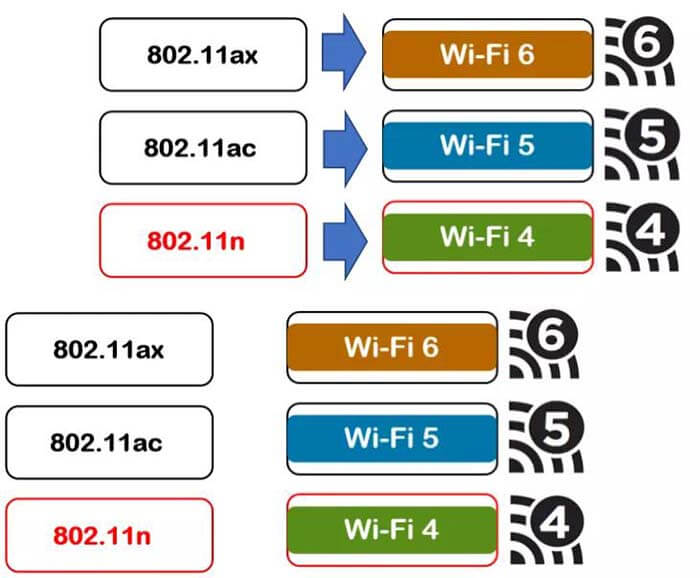
Figure 2: New Wi-Fi standard naming
In January 2020, the Wi-Fi Alliance officially announced the opening of 6GHz (5925MHz – 7125MHz) and gave a new name ‒ Wi-Fi 6E. In April of the same year, the FCC (Federal Communications Commission) also voted to open the 6GHz spectrum. Unlicensed frequency bands are allowed for Wi-Fi use. Wi-Fi has officially entered the tri-band era.
In addition to the 2.4GHz and 5GHz frequency bands used by Wi-Fi 6 and previous-generation Wi-Fi, Wi-Fi 6E can also Operate in the 6GHz frequency band.
What advantages does the 6GHz frequency band bring to Wi-Fi?
In the world of wireless communication, the frequency spectrum is the most important and valuable thing. The larger the frequency band, the greater the data throughput that can be transmitted, and the faster the transmission rate and the better the efficiency;
According to the W-Fi Alliance’s plan, Wi-Fi 6E opens up 14 additional 80MHz channels and 7 additional 160MHz channels. These additional channels do not overlap with each other.
The new frequency bands and channels can help reduce the existing Wi-Fi Frequency band congestion, especially in areas where there are multiple and multiple different frequency bands and the same frequency band wireless network operating at the same time, such as large public facilities and crowded places, such as schools, large stores, stadiums, shopping streets, performing arts Hall and so on.
Figure 3 shows a list of unlicensed open frequency bands and channels allowed by Wi-Fi.
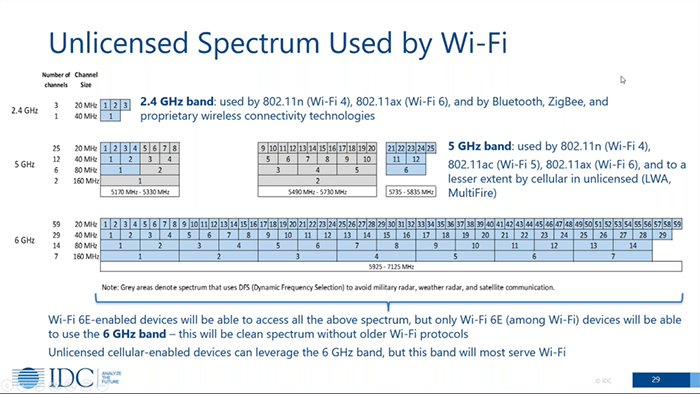
Figure 3: Unlicensed spectrum used by Wi-Fi
Most of the existing Wi-Fi technologies run in the two open frequency bands 2.4GHz and 5GHz. Because they are open frequency bands, many wireless technologies run in these frequency bands at the same time, especially 2.4GHz, except for Wi-Fi, Bluetooth, Zigbee, and even Home appliances such as wireless phones and microwave ovens are all squeezed in the narrow frequency band of 2.4GHz;
Because of this, the 5GHz frequency band will be more widely used in Wi-Fi technology and become the standard configuration of Wi-Fi devices. Compared with 2.4GHz, the 5GHz frequency band is 10 times more than 2.4GHz (70MHz vs 700MHz).
In order to make the use of the 5GHz frequency band more efficient and avoid frequency congestion and interference, the use of related hardware such as external front-end RF amplifiers (PA or FEM), filters, duplexers, and software (Mesh, Indoor Roaming) is used to divide 5GHz into The Wi-Fi tri-band wireless network architecture composed of two separate sub-bands U-NII 1-2a (low-frequency band) and U-NII 2c-3 (high-frequency band) combined with 2.4GHz is also common in current mid-to-high-end Wi-Fi devices configuration (Figure 4).
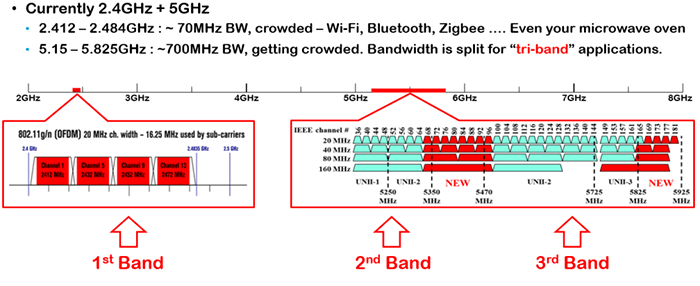
Figure 4: Wi-Fi 2.4GHz and 5GHz usage and summary
The unlicensed frequency band used by WiFi 6E has been expanded from U-NII 1-3 of Wi-Fi 5 to U-NII 1-8. The newly added 6GHz frequency band is U-NII 5-8. Figure 5 shows U-NII 5-8. -Frequency distribution and power limitation of NII 5-8:
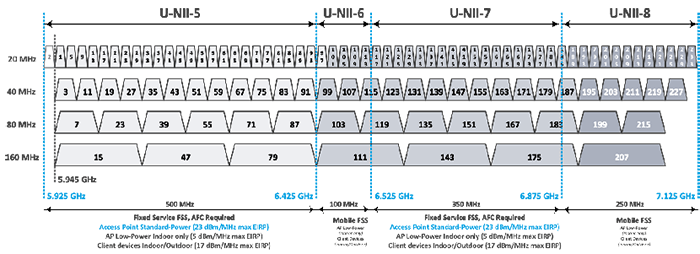
Figure 5: New spectrum of WiFi 6E and EIRP specifications
The extended frequency band of WiFi 6E is from 5925MHz to 7125MHz, with a total bandwidth of 1.2GHz. Compared with 5GHz (U-NII1 ̶ U-NII3), the bandwidth is nearly 2 times more available; according to the current spectrum planning, The US FCC will open all 1.2GHz bands, while Europe will only open U-NII 5 (5925MHz-6425MHz).
There is one point that needs special attention. The 6GHz band opened by Wi-Fi only supports the technical specifications of Wi-Fi 6, and is not backward compatible!
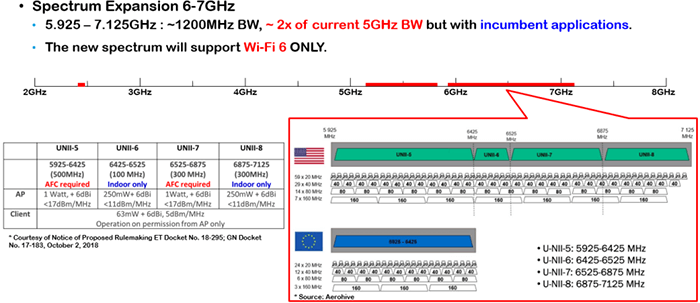
Figure 6: WiFi 6E usage and summary
With the finalization of WiFi 6E specifications, Wi-Fi network system solution providers have also upgraded the current Wi-Fi three-band architecture from 2.4G + 5G (low-frequency band) + 5G (high-frequency band) to 2.4G + 5G (U -NII 1-3) + 6G (U-NII 5-8) (Figure 7).
The larger bandwidth supported by Wi-Fi 6E brings unlimited reveries to network communication equipment manufacturers, especially for the use of enterprise-level and public hotspots (Wi-Fi hotspots);
Wi-Fi 6 can solve the technical bottlenecks encountered by Wi-Fi 5, such as network congestion and uneven distribution of upload and download time. Because enterprise-level Wi-Fi access points and hotspots must be able to support a large number of users at the same time connect and have complete management of bandwidth and security.
The efficient connection and network service mechanism allows each Wi-Fi AP to connect to and manage more users so that each user enjoys a better Use experience and reduces the number of Wi-Fi AP deployments based on the same coverage area.
On the other hand, using WiFi 6E, the newly opened frequency band has the characteristics of 1.2GHz bandwidth and less interference. Existing network equipment vendors are planning to use this frequency band for backhaul networks between APs.
Wi-Fi 6 The mesh or distributed Wi-Fi network architecture has a clear definition and description in the specifications. The new frequency band defined by WiFi 6E is used as the backhaul network between AP and AP, allowing each APs can have more stable and higher-speed dedicated networks or channels to connect to each other, thereby achieving a completely seamless connection and indoor roaming indoor full coverage environment.
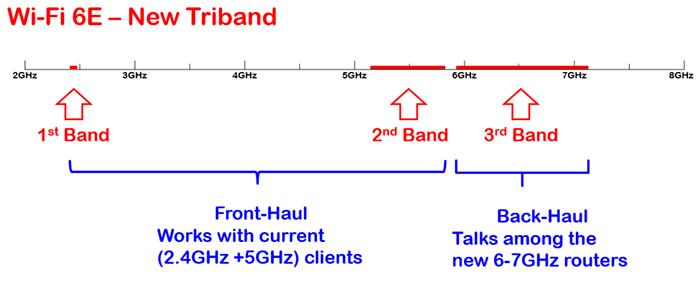
Figure 7: Wi-Fi 6 invented a three-band architecture
Figure 8 is a list of countries that have recognized and are evaluating WiFi 6E extension bands in the world. So far, the Americas and European countries have been given priority to open. Interested readers can go to the official website of the Wi-Fi Alliance to get the latest information.
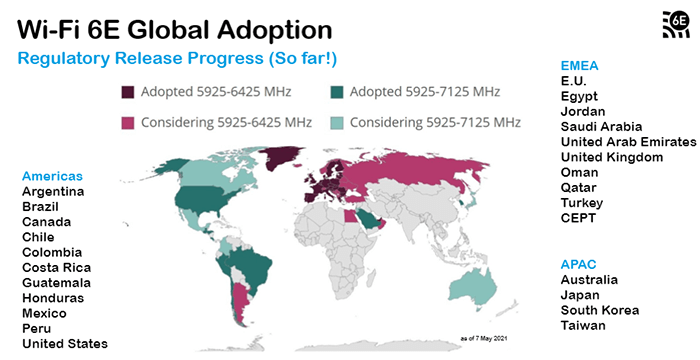
Figure 8: WiFi 6E global adoption
Compared with WiFi 6, what are the improvements of WiFi 6E?
① The new peak of Wi-Fi speed
At present, the fastest WiFi 6E solution among the mobile Wi-Fi solutions in the industry-up to 3.6Gbps. The speed is significantly higher than WiFi 6.
② Achieve performance improvement
The industry’s first (2.4GHz, 5GHz, 6GHz) advanced modulation technology increases the highest QAM rate from 1K to 4K in all supported frequency bands, thereby enhancing the gaming experience and ultra-high-definition streaming capabilities.
And it supports 160MHz channels in the 5GHz and 6GHz frequency bands, which significantly improves throughput while reducing congestion.
③ The improvement of network capacity and efficiency
The newly added spectrum resources of up to 1200MHz in the 6GHz frequency band can significantly increase the capacity of the Wi-Fi network, enabling the number of data transmission and reception paths to be more than doubled on the current basis.
In addition to supporting 160MHz channels in the 5GHz frequency band, the dual-frequency 160MHz feature can also support up to 7 non-overlapping channels in the 6GHz frequency band.
Covers all frequency bands and supports high-performance uplink/downlink MU-MIMO and OFDMA mobile technology. The new Wi-Fi 6 uplink MU-MIMO feature increases the network capacity by more than 2.5 times.
All in all, when users use mobile terminals built through the two new Wi-Fi 6E solutions, they can also provide reliable network performance in time in the densest homes, businesses, and public places.
④ Ultra-low latency
The delay in dense environments is reduced by up to 8 times, which can significantly improve the mobile gaming experience. In addition, it can fully meet the wireless VR-level latency (<3 milliseconds) required by head-mounted display devices, laying the foundation for the explosive growth of mobile games and extended reality (XR) applications.
⑤ Improvement of Bluetooth technology for mobile terminals
WiFi 6E supports the new Bluetooth 5.2 technology, and the Bluetooth connection improves the overall user experience of mobile terminal devices in all aspects, bringing users a better, more stable, faster, and broader user experience.
Today, WiFi 6E products are not mature enough to be shipped in large quantities on the market. It is expected that commercial products supporting WiFi 6E specifications will begin to be officially released in the fourth quarter of 2021.
C&T RF Antennas Inc is one of the world’s top wireless RF solution & RF products providers, we provide a complete solution for WiFi 6E while taking into account the advantages of low power consumption and small packaging, allowing network equipment manufacturers to have greater space and flexibility in product development.
If you have any antenna questions, please read our ANTENNA FAQ section, if you still cannot get the answer you need, please contact us.
You may also be interested in the below articles.
What is the difference between WIFI and WLAN?
Summary of 41 Basic Knowledge of LTE
What Are The Advantages And Characteristics Of NB-IoT And LoRa?
